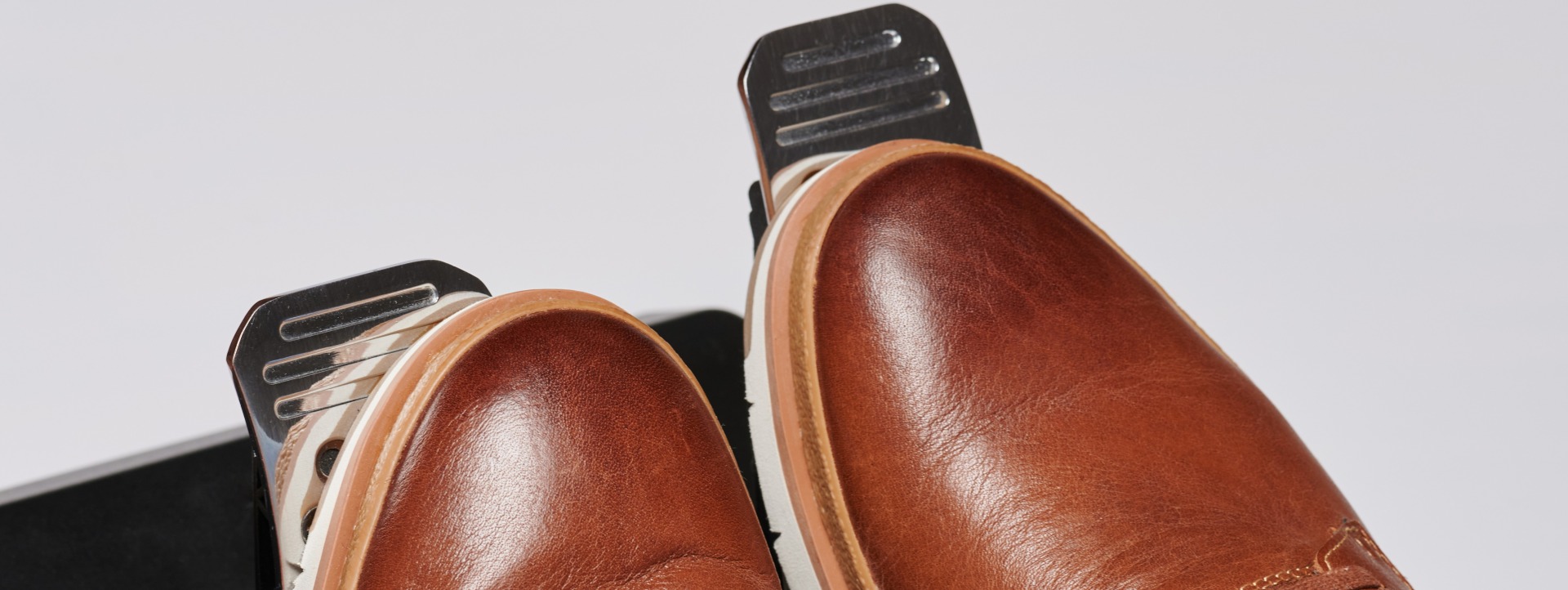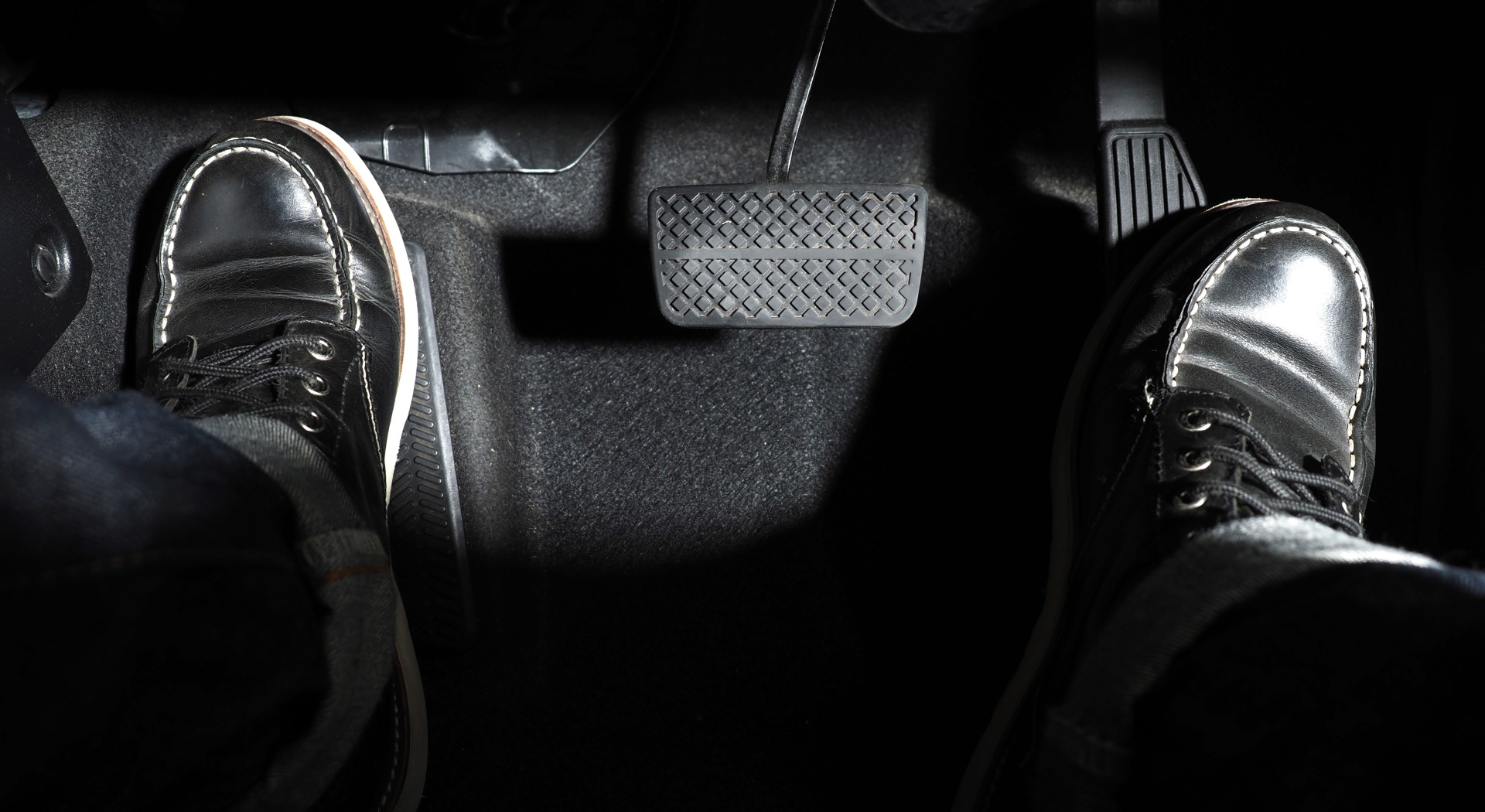‘Braking’ bad

In a car with a manual transmission, drivers use their right foot to operate the accelerator and brake, and left foot to press the clutch pedal. But is it a good idea to use both feet when driving an automatic?
Although there’s no law against this practice, driving instructors and examiners follow the instructions as laid out in The Driving Companion, which says the right foot should be used for braking – and it’s for good reason.
Learner drivers are taught to respond to a potential hazard by moving their right foot from the accelerator towards the brake. Releasing the accelerator helps slow the vehicle, while covering the brake with the right foot prepares the driver to reduce speed or stop.
The left foot placed on the floor, or footrest, also helps provide support and allows the driver to brace in an emergency braking situation.

If a driver uses a foot for each pedal, there’s a chance that both pedals could be pressed at the same time. This could lead to the driver losing control of the vehicle, or it may not stop at all.
Drivers who hover their left foot above the brake pedal may unwittingly apply some pressure to the pedal. Over time, this can cause accelerated brake pad wear and warping of the rotor, reducing the effectiveness of the brakes.
It can also place extra strain on the engine and increase fuel consumption.
The safest way to maintain good control of an automatic vehicle is to use your right foot for the accelerator and brake.
